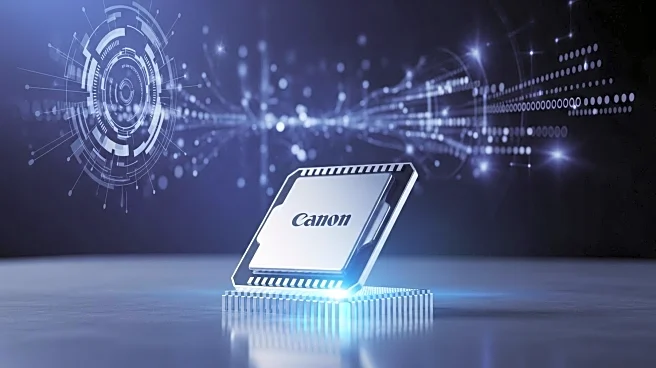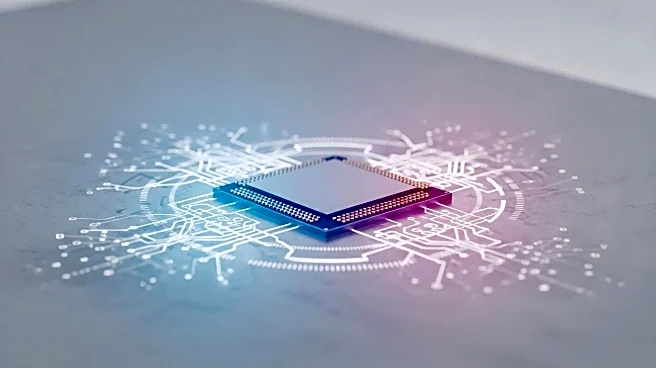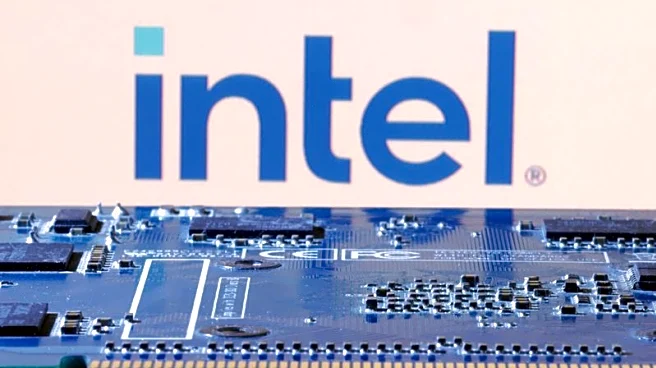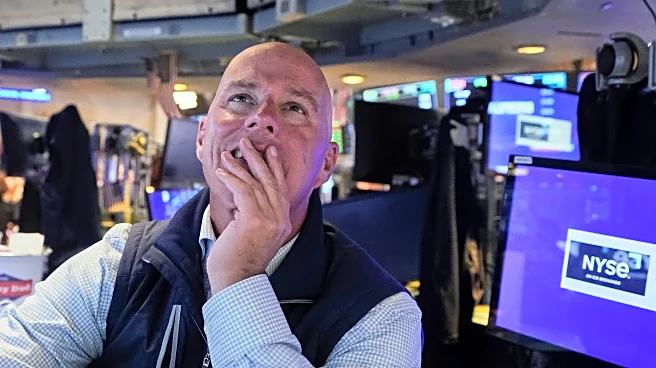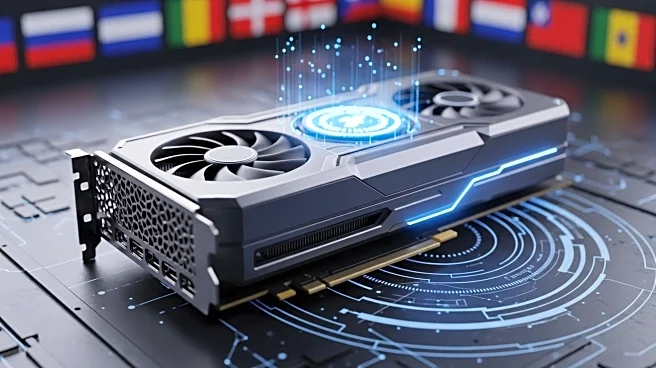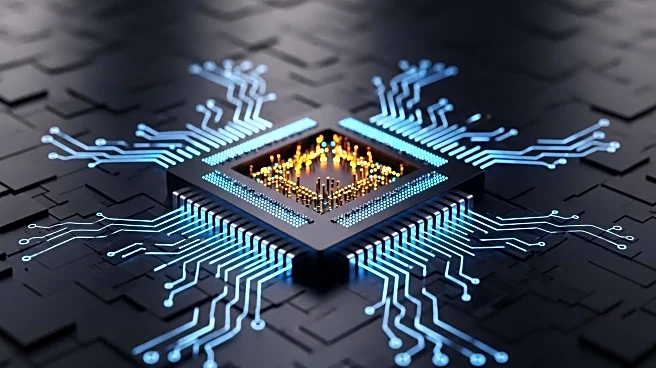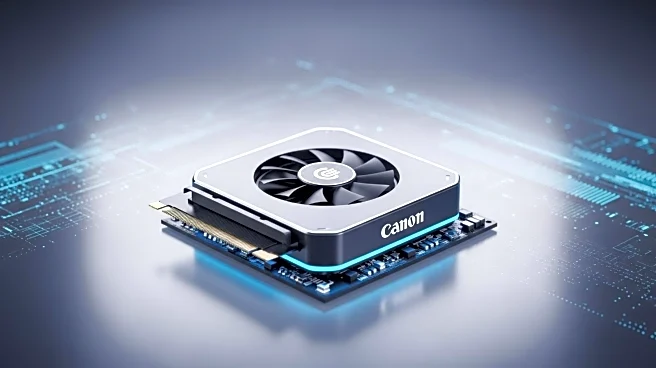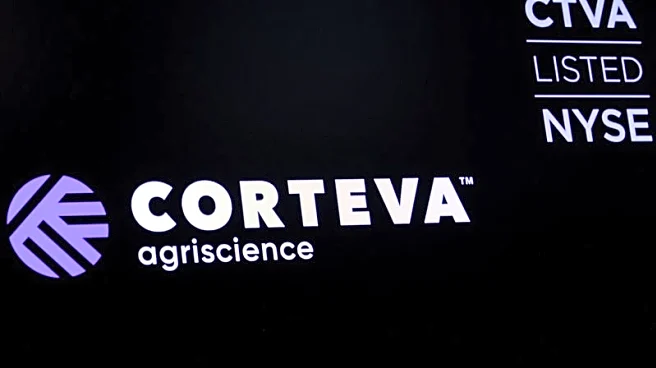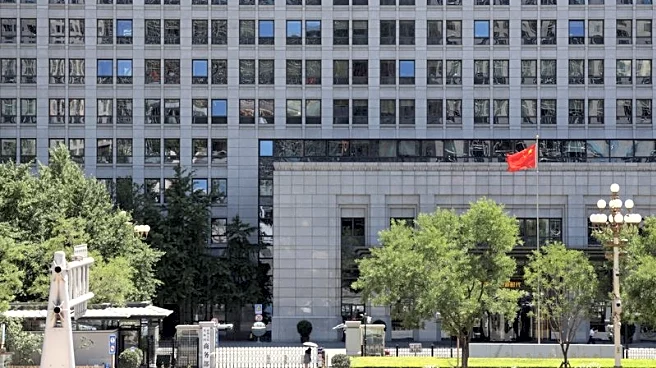What's Happening?
Intel Corporation has finalized the sale of a 51% stake in its Altera business to Silver Lake Partners for approximately $3.3 billion. This transaction, initially agreed upon in April 2025, was completed on September 12, 2025, after fulfilling all necessary conditions. Intel retains a 49% interest in Altera, and both companies have contributed their holdings to a newly formed limited partnership. This move is part of Intel's broader strategy to streamline its operations amid significant structural changes and financial pressures. The company's third-quarter financials for 2025 will reflect Altera's results up to September 11, after which Intel will account for its minority stake using the equity method.
Why It's Important?
The sale of Altera is a critical component of Intel's efforts to refocus on its core businesses and address financial challenges. The transaction is expected to help Intel reduce its operating expenses, with the company lowering its 2025 adjusted operating expense target to $16.8 billion. This divestiture comes as Intel faces intense competition in the semiconductor industry and seeks to stabilize its operations under new CEO Lip-Bu Tan. Additionally, the U.S. government's recent $5.7 billion equity stake in Intel, converting CHIPS Act grants, underscores the strategic importance of the company to national interests. This government investment aims to support Intel's loss-making foundry business, which reported $3.1 billion in losses in the second quarter of 2025.
What's Next?
Intel's restructuring efforts under CEO Lip-Bu Tan include plans to reduce the workforce to 75,000 employees and establish a separate board for its foundry unit. The company is also pursuing a major customer for its 14A process, expected in 2026. The U.S. government holds a five-year warrant to purchase an additional 5% stake in Intel at $20 per share if the company's ownership in the foundry falls below 51%. These steps are part of Intel's strategy to stabilize its operations and secure a competitive position in the semiconductor market.

